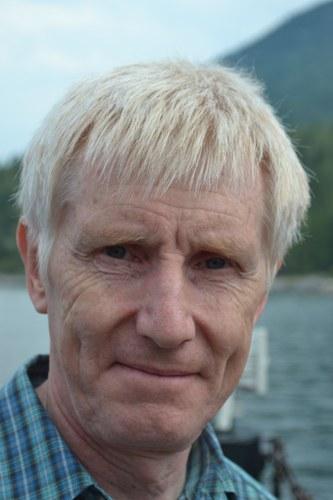Our focus is on human placental development, and the involvement of the placenta in complications of pregnancy such as miscarriage, fetal growth restriction and pre-eclampsia. In particular, we are interested in the effects of oxygen, hypoxia, and oxidative and endoplasmic reticulum stress on trophoblast differentiation and function. This interest stems from our finding, in collaboration with Professor Eric Jauniaux, that the maternal arterial circulation to the placenta is not fully established until towards the end of the first trimester of pregnancy. We demonstrated that prior to this time the conceptus is supported by secretions from the endometrial glands, histotrophic nutrition, that are delivered into the intervillous space through the developing basal plate. Consequently early development takes place in a physiologically low oxygen environment, and there is a threefold increase in the intraplacental oxygen concentration at the start of the second trimester, the oxygen transition. Currently, we are investigating how the placenta may stimulate its own development during early pregnancy by signalling to the endometrial glands and upregulating their secretion of growth factors and nutrients.
Our research has shown that fluctuations in oxygenation are particularly damaging to the trophoblast, leading us to propose ischaemia-reperfusion as the primary placental insult when trophoblast invasion and spiral artery remodeling are deficient. Recent work has elucidated the signalling pathways activated by that stress, leading to changes in gene transcript profiles and cytokine secretion that may stimulate the development of pre-eclampsia. We have also provided the first evidence that the syncytiotrophoblast is vulnerable to endoplasmic reticulum stress, describing a spectrum of changes from homeostatic adaptations to low oxygen in healthy high-altitude pregnancies to frank pathology in cases of fetal growth restriction. Most recently, we have shown that the placental molecular pathology is strikingly different in cases of early-onset pre-eclampsia compared to late-onset cases, demonstrating that the syndrome is heterogeneous and has different aetiologies.
Key advances of the group since 2010
2010: Identified a transcriptional network that may define a trophoblast stem cell population within the placenta
2011: Identified that soluble FLT1 sensitises endothelial cells to pro-inflammatory cytokines, a potential mechanism in pre-eclampsia
2012: First demonstration that endoplasmic reticulum stress compromises mitochondrial function through inhibition of synthesis of MTC complexes
2013: First demonstration that hydrogen sulphide is a potent placental vasodilator, and that production is impaired in pathological placentas with increased vascular resistance
2014: First demonstration of the heterogeneity of placental molecular pathology in pre-eclampsia
2015: Identified that different epigenetic states define syncytiotrophoblast and cytotrophoblast nuclei in the trophoblast
2016: Computational modeling of oxygen exchange across terminal villi of the human placenta
2017: First derivation of hormone-responsive organoid cultures of human endometrium; First RNA-Seq of the human yolk sac showing conservation of functions
Funding: MRC, Wellcome Trust Programme grants, Anatomical Society, Action Medical Research, Evelyn Trust
Collaborators
Professor Eric Jauniaux (University College Hospital, London)
Professor Stephen Charnock-Jones (University of Cambridge)
Professor Anne Ferguson-Smith (University of Cambridge)
Professor Ashley Moffett (University of Cambridge)
Dr Andrew Murray (University of Cambridge)
Dr Myriam Hemberger (Braham Institute)
Professor John Kingdom (University of Toronto)
Dr Hong wa Yung (Senior Research Associate)
Dr Tereza Cindrova-Davies (Research Associate)
Ms Nadia Capatina (Graduate Student)


